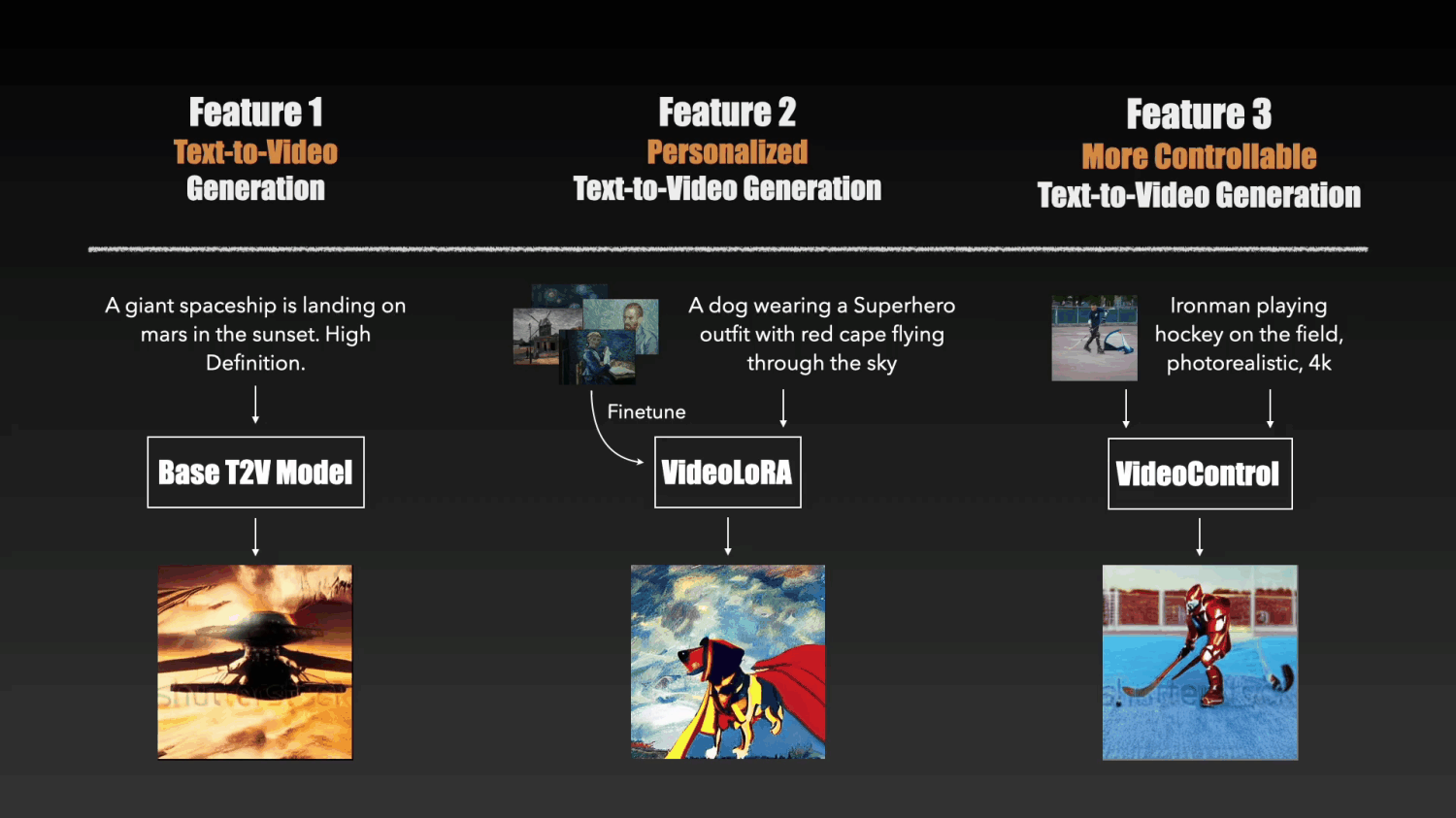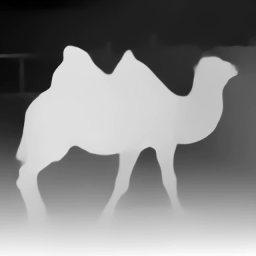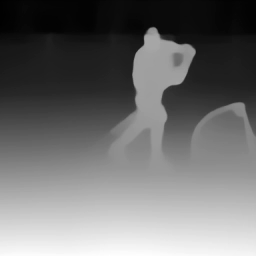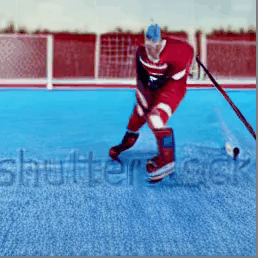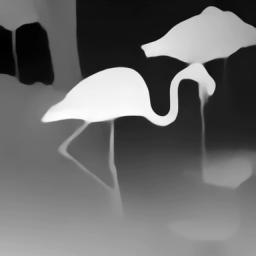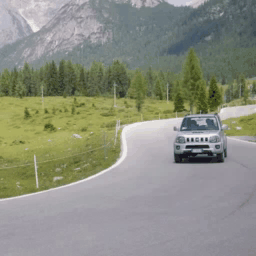🔆 Introduction (Showcases)
🤗🤗🤗 VideoCrafter is an open-source video generation and editing toolbox for crafting video content.
It currently includes the following THREE types of models:
We provide a base text-to-video (T2V) generation model based on the latent video diffusion models (LVDM). It can synthesize realistic videos based on the input text descriptions.
| "Campfire at night in a snowy forest with starry sky in the background." | "Cars running on the highway at night." | "close up of a clown fish swimming. 4K" | "astronaut riding a horse" |
 |
 |
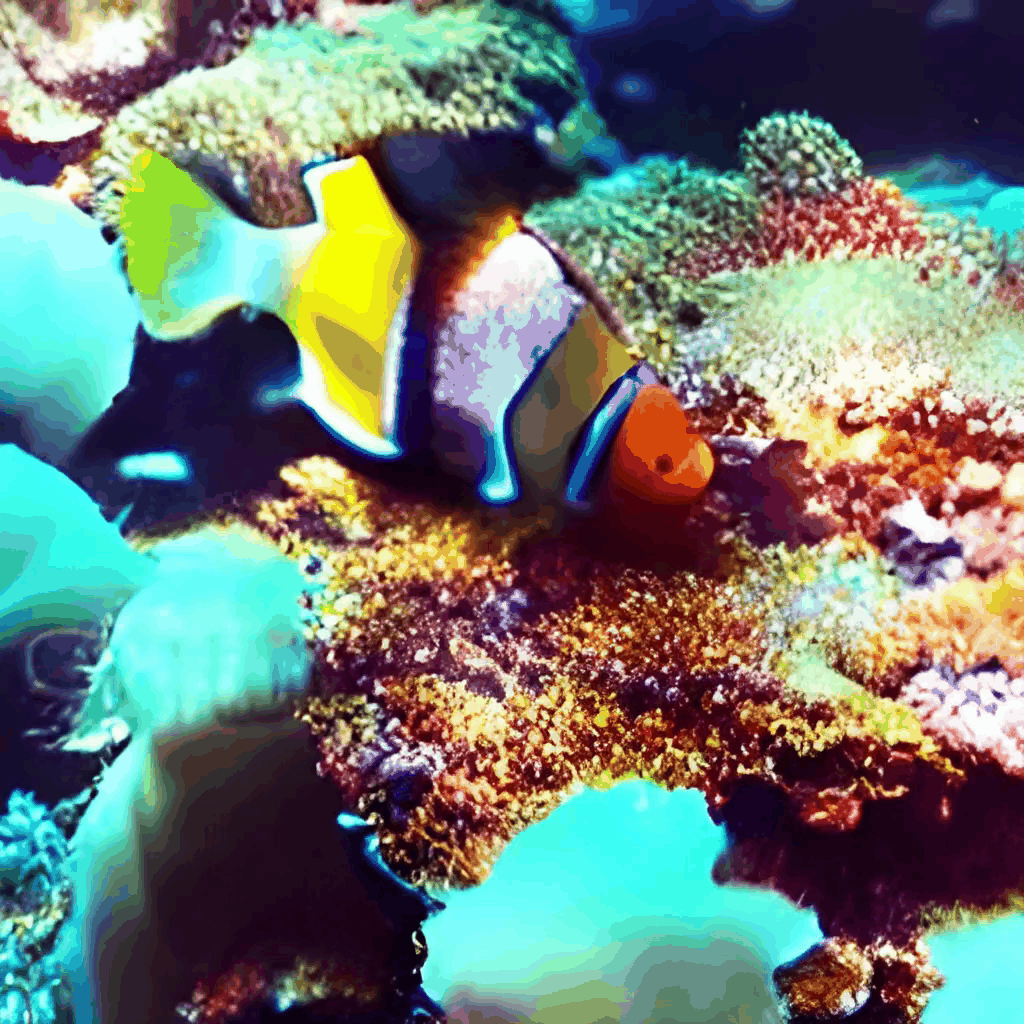 |
 |
Based on the pretrained LVDM, we can create our own video generation models by finetuning it on a set of video clips or images describing a certain concept.
We adopt LoRA to implement the finetuning as it is easy to train and requires fewer computational resources.
Below are generation results from our four VideoLoRA models that are trained on four different styles of video clips.
By providing a sentence describing the video content along with a LoRA trigger word (specified during LoRA training), it can generate videos with the desired style(or subject/concept).
Results of inputting A monkey is playing a piano, ${trigger_word} to the four VideoLoRA models:
 |
 |
 |
 |
| "Loving Vincent style" | "frozenmovie style" | "MakotoShinkaiYourName style" | "coco style" |
To enhance the controllable abilities of the T2V model, we developed conditional adapter inspired by T2I-adapter. By pluging a lightweight adapter module to the T2V model, we can obtained generation results with more detailed control signals such as depth.
input text: Ironman is fighting against the enemy, big fire in the background, photorealistic, 4k
 |
 |
 |
 |
 |
🤗🤗🤗 We will keep updating this repo and add more features and models. Please stay tuned!
- [2023.04.05]: Release pretrained Text-to-Video models, VideoLora models, and inference code.
- [2023.04.07]: Hugging Face Gradio demo and Colab demo released.
- Hugging Face Gradio demo & Colab
- Release VideoControl models for different input types, such as depth, canny, pose
- Technical report
- Release new base model with NO WATERMARK
- Release training code for VideoLoRA
- More customized models
conda create -n lvdm python=3.8.5
conda activate lvdm
pip install torch==1.12.1+cu113 torchvision==0.13.1+cu113 -f https://download.pytorch.org/whl/torch_stable.html
pip install pytorch-lightning==1.8.3 omegaconf==2.1.1 einops==0.3.0 transformers==4.25.1
pip install opencv-python==4.1.2.30 imageio==2.9.0 imageio-ffmpeg==0.4.2
pip install av moviepy
pip install -e .conda create -n lvdm python=3.8.5
conda activate lvdm
pip install -r requirements_xformer.txt- Download pretrained T2V models via Google Drive / Hugging Face, and put the
model.ckptinmodels/base_t2v/model.ckpt. - Input the following commands in terminal, it will start running in the GPU 0.
PROMPT="astronaut riding a horse"
OUTDIR="results/"
BASE_PATH="models/base_t2v/model.ckpt"
CONFIG_PATH="models/base_t2v/model_config.yaml"
python scripts/sample_text2video.py \
--ckpt_path $BASE_PATH \
--config_path $CONFIG_PATH \
--prompt "$PROMPT" \
--save_dir $OUTDIR \
--n_samples 1 \
--batch_size 1 \
--seed 1000 \
--show_denoising_progressCLICK ME for more options
gpu_id: specify the gpu index you want to useddp: better to enable it if you have multiple GPUs- We also provide a reference shell script for using multiple GPUs via PyTorch DDP in
sample_text2video_multiGPU.sh
-
Same with 1-1: Download pretrained T2V models via Google Drive / Hugging Face, and put the
model.ckptinmodels/base_t2v/model.ckpt. -
Download pretrained VideoLoRA models via this Google Drive / Hugging Face (can select one videolora model), and put it in
models/videolora/${model_name}.ckpt. -
Input the following commands in terminal, it will start running in the GPU 0.
PROMPT="astronaut riding a horse"
OUTDIR="results/videolora"
BASE_PATH="models/base_t2v/model.ckpt"
CONFIG_PATH="models/base_t2v/model_config.yaml"
LORA_PATH="models/videolora/lora_001_Loving_Vincent_style.ckpt"
TAG=", Loving Vincent style"
python scripts/sample_text2video.py \
--ckpt_path $BASE_PATH \
--config_path $CONFIG_PATH \
--prompt "$PROMPT" \
--save_dir $OUTDIR \
--n_samples 1 \
--batch_size 1 \
--seed 1000 \
--show_denoising_progress \
--inject_lora \
--lora_path $LORA_PATH \
--lora_trigger_word "$TAG" \
--lora_scale 1.0CLICK ME for the TAG of all lora models
LORA_PATH="models/videolora/lora_001_Loving_Vincent_style.ckpt"
TAG=", Loving Vincent style"
LORA_PATH="models/videolora/lora_002_frozenmovie_style.ckpt"
TAG=", frozenmovie style"
LORA_PATH="models/videolora/lora_003_MakotoShinkaiYourName_style.ckpt"
TAG=", MakotoShinkaiYourName style"
LORA_PATH="models/videolora/lora_004_coco_style.ckpt"
TAG=", coco style"-
If your find the lora effect is either too large or too small, you can adjust the
lora_scaleargument to control the strength.CLICK ME for the visualization of different lora scales
The effect of LoRA weights can be controlled by the
lora_scale.local_scale=0indicates using the original base model, whilelocal_scale=1indicates using the full lora weights. It can also be slightly larger than 1 to emphasize more effect from lora.scale=0.0 scale=0.25 scale=0.5 


scale=0.75 scale=1.0 scale=1.5 
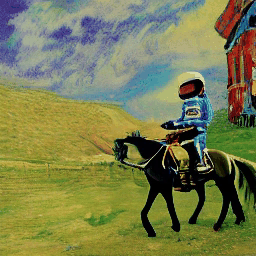

⏳⏳⏳ Comming soon. Please stay tuned!🤗
- We provide a gradio-based web interface for convenient inference, which currently supports the pretrained T2V model and several VideoLoRA models. After installing the environment and downloading the model to the appropriate location, you can launch the local web service with the following script.
python gradio_app.py - The online version is available on Hugging Face.
| "A man playing a saxophone with musical notes flying out." | "Flying through an intense battle between pirate ships in a stormy ocean" | "Horse drinking water." | "Woman in sunset." |
 |
 |
 |
 |
| "Humans building a highway on mars, highly detailed" | "A blue unicorn flying over a mystical land" | "Robot dancing in times square" | "A 3D model of an elephant origami. Studio lighting." |
 |
 |
 |
 |
⏳⏳⏳ Comming soon. We are still working on it.💪
If your have any comments or questions, feel free to contact Yingqing He, Haoxin Chen or Menghan Xia.
We develop this repository for RESEARCH purposes, so it can only be used for personal/research/non-commercial purposes.



